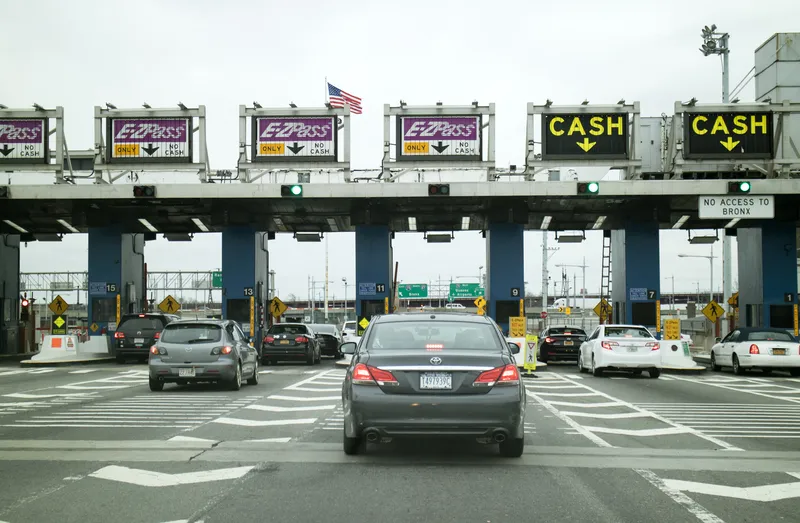
Registration for IBTTA's Annual Meeting & Exhibition is now open as the tolling organisation celebrates its 90th anniversary.
Click here to find out more about the event in Austin, Texas, which runs from 17-20 September 2022.
“IBTTA was founded as the American Toll Bridge Association in 1932 in the midst of the Great Depression," said Patrick Jones, executive director and CEO of IBTTA.
“Then, as now, the association provided a forum for the owners and operators of toll facilities to share knowledge and ideas to promote and enhance the state of the practice.”
Diane Gutierrez-Scaccetti, commissioner of the New Jersey Department of Transportation and the 2022 president of IBTTA, said: “The opportunities to advance transportation initiatives in the next 10 years will far exceed the challenges of the last 50 years.
The purpose of the meeting in Austin would in part be “to look back on some of the biggest accomplishments of the last 90 years".
She added: "But mostly we gather to share knowledge and experiences to prepare ourselves for a future in which toll facilities play a growing role in delivering safe, sustainable, customer-focused mobility options for generations to come.”
Connected and automated vehicles, the shift to third-party mobile payment systems, transportation electrification, the need for system resiliency and eliminating road fatalities will be among the items on the agenda.
“A lot has changed in the last 90 years, such as the introduction and widespread implementation of electronic toll collection, priced managed lanes, road user charging, and countless other advances in technology and operations," said Jones.
"One thing that hasn’t changed is IBTTA’s commitment to be the advocate, the convener, and the premier information resource for the tolling industry and our members.”









